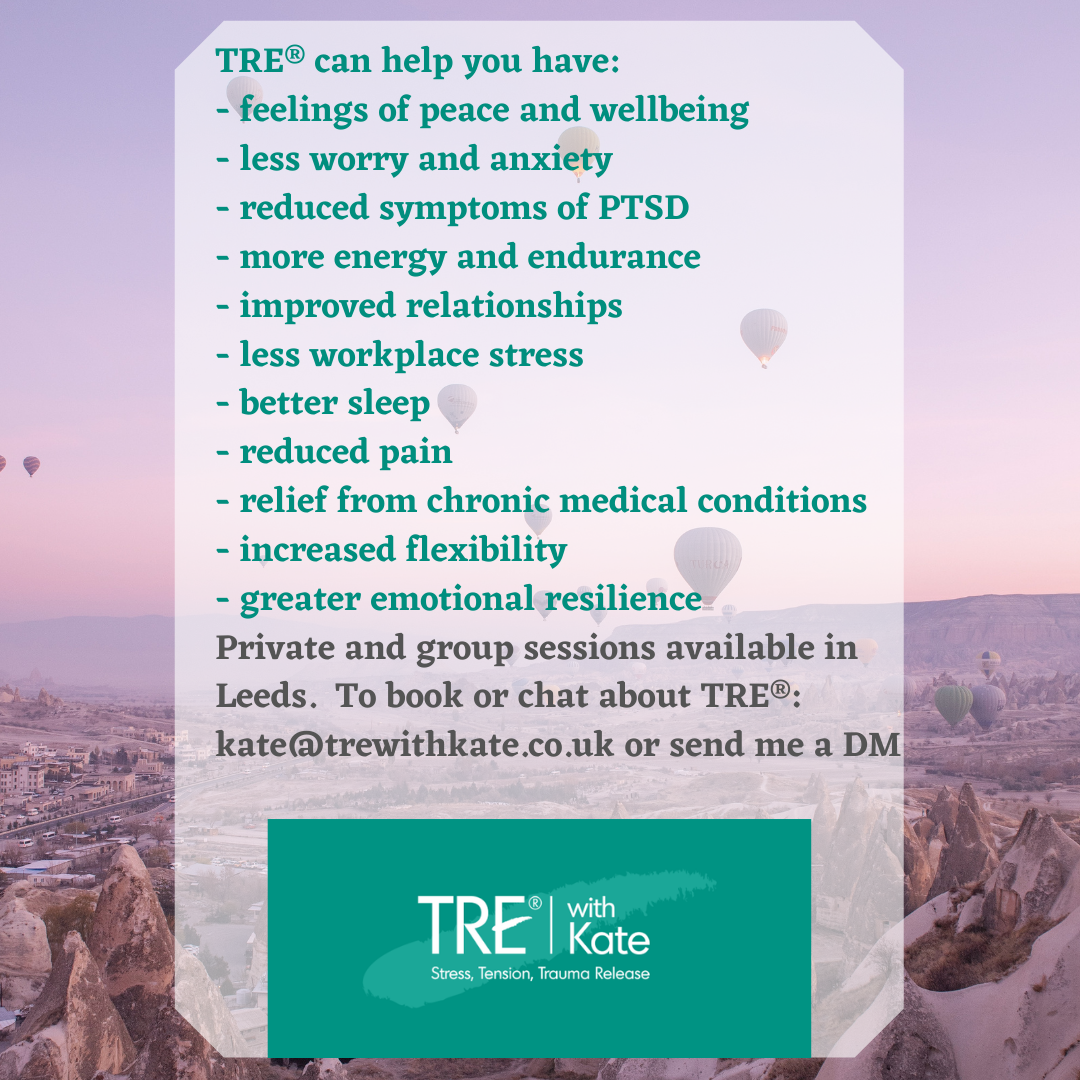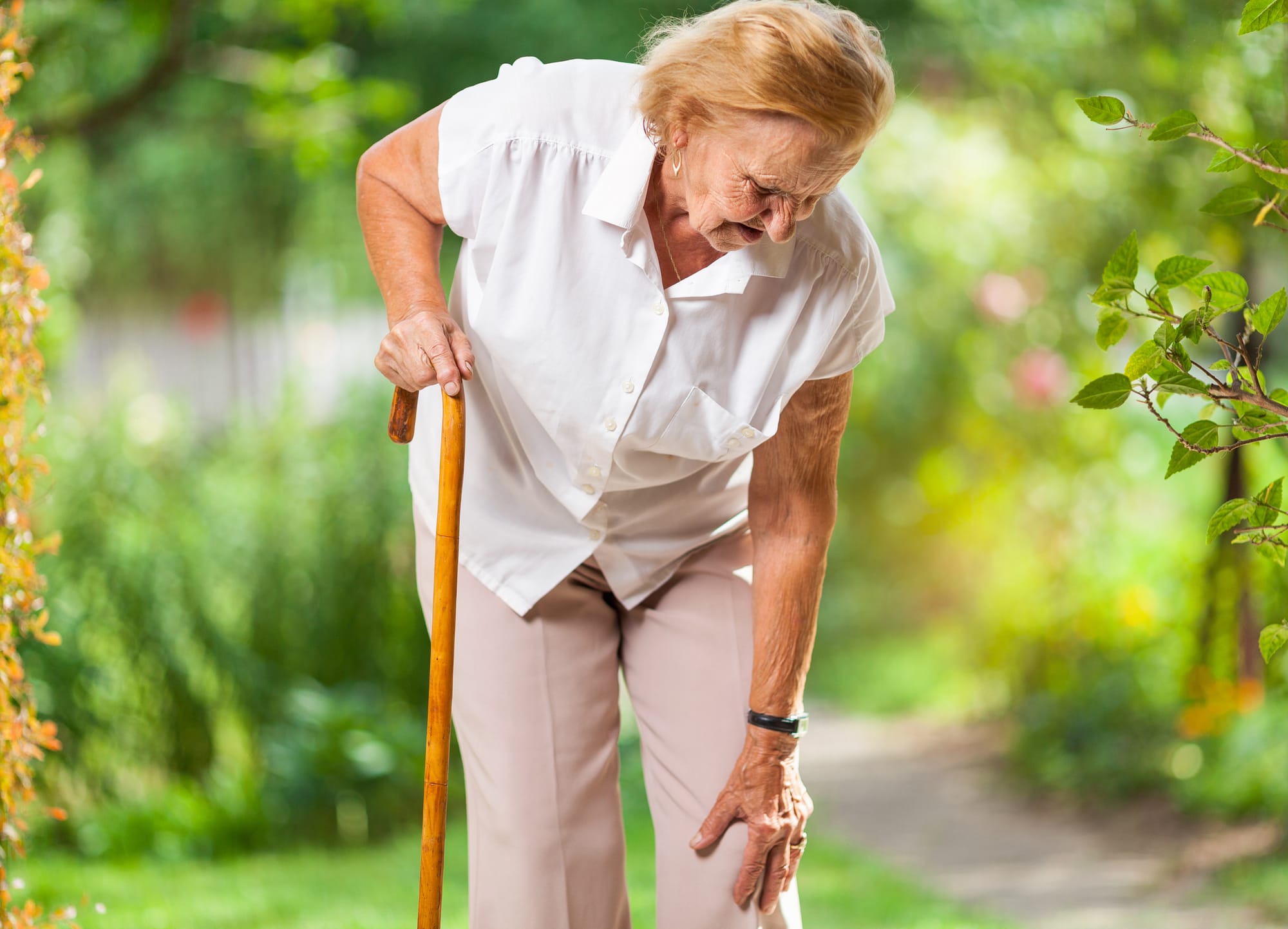TRE®: A flexible body-based practice.

Recently, I've been pondering the benefits of facilitating TRE® for everyone as I've had the privilege to teach TRE® to people of all ages and backgrounds. One thing I love about TRE® is how it can be personalised to any body - every element can be adapted for the individual. It is an extremely flexible practice and, I suppose, the fundamental premise of listening to the body (and going slow) supports this.
I love being able to work with different people in this way. The curiosity and playfulness that is encouraged through TRE® is ageless and can can support children, teens and adults, including people who are in older age. Over the years, I have worked with people aged 16-83. Adaptation is key but TRE® can support people in their day-to-day lives in a diverse range of ways as suggested below:

What about mobility and limitations?
Although many of the examples online focus on mat-based shaking or tremoring on the floor, the beauty of TRE® is that this can be adapted to the individual, including if lying down is not an option. Over the years, people have shaken standing, in a chair, sitting against a wall. This allows for any physical needs to be taken into account. In addition, the exercises can be paced and adapted to suit everyone where they are at that particular time, for example in the case of any injuries or illnesses. Frequent stopping of the shaking can also help to titrate the dose so that people work within or at the edge of their level of comfort.
What about frequency of practice?
You might see recommendations for how long and how often to practice TRE®, for example 15 minutes 3 times a week. This is a guideline and can also be adapted to suit individuals. For some people, this 'dose' may work well and they may enjoy its structure and benefits. For others, a minute or two every few days may feel more appropriate. It is a case of playing and seeing what works well for you, depending on where you are in your life, how 'activated your nervous system is and any events/issues you are facing at a particular time. Also, the fact that it can be done in bed or in a chair, makes it really suitable for everyone. Many people enjoy doing the shaking posture of TRE® in bed and find it aids sleep.
Do younger people see more benefits?
Not necessarily. Recently, I worked with a wonderful 83 year old. Her levels of stress dramatically improved throughout and after the session she felt calm and playful. We often perceive shaking as a negative thing - a sign of uncontrollable stress or physiological conditions but normalising it as a natural response to reset our nervous system in much the same way as a dog shakes after an exciting walk or when fireworks are going off, can be profoundly helpful for many. It allows the individual to notice their body; tune in to what is happening. This is useful for everyone and can be particular positive for older adults when the narrative around old age is often aches and failing.

So I'm interested, can you tell me more about how TRE® works?
There is lots of information about TRE® within this blog. If you want to hear from the creator of TRE®, David Berceli, I have included a link to a condensed description of TRE® here:
How can I get involved?
Individual, group and workshops are are available in Leeds. Please get in touch for further information: kate@trewithkate.co.uk. I'm always happy to chat about TRE® and its benefits!